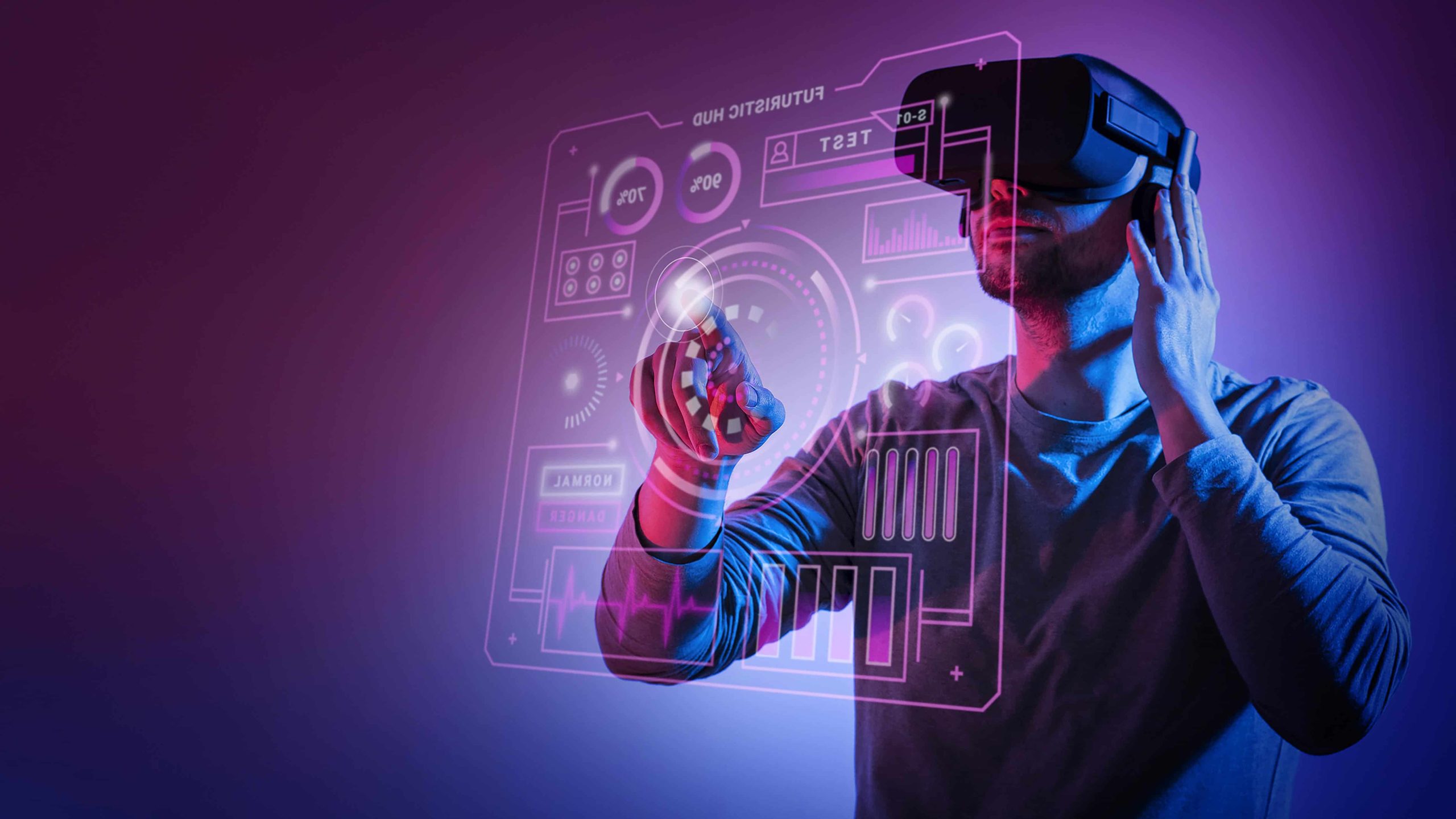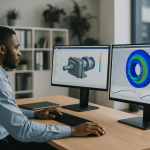
Real-Time Visualization for IoT: Best Practices for Sensor Data
Why Real-Time Visualization Matters
In today’s IoT-driven world, industries depend on real-time visualization to monitor sensor data. Without it, problems can go unnoticed, leading to downtime and losses.
This article will show you how to implement effective visualization for IoT and industrial monitoring. You’ll learn best practices, essential tools, and tips to enhance system performance and decision-making.
By the end, you’ll know how to set up, optimize, and maintain a real-time visualization system that supports reliable operations.
Why Real-Time Visualization is Critical for IoT and Industry
Improved Decision-Making
Sensor data only becomes valuable when it’s easy to understand. Real-time visualization turns raw numbers into actionable insights. Teams can quickly spot trends, detect issues, and make fast decisions.
Reduced Downtime
Immediate alerts and live dashboards help prevent costly equipment failures. For example, industrial plants can track machine health and avoid unplanned shutdowns.
Compliance and Efficiency
Industries like energy and manufacturing must meet strict standards. Real-time visualization helps teams document performance, optimize energy usage, and stay compliant.
Best Practices for Real-Time Visualization of Sensor Data
1. Choose Scalable Dashboards
A good dashboard must grow with your data. Select platforms like Grafana or Kibana for scalability. These tools handle multiple sensor streams without lag.
2. Use Clear and Simple Visuals
Avoid clutter. Graphs, gauges, and heatmaps make trends obvious. Keep text minimal and use consistent colors so teams can react faster.
3. Ensure Low Latency Data Pipelines
Latency can make data useless. Use lightweight protocols like MQTT and edge computing to reduce delays. Real-time systems work best when updates happen in milliseconds.
4. Secure Your Sensor Data
Industrial monitoring often involves sensitive systems. Implement encryption, firewalls, and secure APIs to protect your real-time visualization pipeline.
5. Test and Optimize Regularly
Test dashboards under load to ensure they stay responsive. Optimize by archiving old data and upgrading processing power when needed.
Setting Up Real-Time Visualization for IoT Systems
Step 1: Collect and Normalize Sensor Data
Sensors often output in different formats. Use middleware to standardize data before visualization.
Step 2: Choose the Right Tools
Select tools that integrate easily with IoT devices. Consider open-source dashboards like Grafana or enterprise tools like Power BI.
Step 3: Create User-Friendly Views
Different teams need different data. Operations might need live temperature readings, while executives want performance KPIs.
Step 4: Automate Alerts and Reports
Set up automatic notifications for anomalies. Automated reports can summarize trends and highlight risks.
FAQs
What is real-time visualization?
It’s the process of converting live sensor data into charts, graphs, and dashboards for instant decision-making.
Which tools are best for real-time visualization?
Grafana, Kibana, and Power BI are popular options for industrial monitoring.
How does real-time visualization reduce downtime?
It alerts teams to issues immediately, allowing preventive action before failures occur.
Can I secure real-time visualization systems?
Yes. Use encryption, authentication, and VPNs to keep sensor data safe.
Conclusion
Real-time visualization is no longer optional for IoT and industrial operations. It helps teams make better decisions, avoid downtime, and meet compliance goals.
By following these best practices choosing scalable dashboards, reducing latency, and automating alerts you can build a system that keeps your operations efficient and secure.
For more insights, explore our IoT & Edge Computing: Insights on Robotics Simulation.
Author Profile

- Online Media & PR Strategist
- Hello there! I'm Online Media & PR Strategist at NeticSpace | Passionate Journalist, Blogger, and SEO Specialist
Latest entries
 Scientific VisualizationOctober 29, 2025Federated Learning Technology in Medical Privacy AI
Scientific VisualizationOctober 29, 2025Federated Learning Technology in Medical Privacy AI Scientific VisualizationOctober 29, 2025Brain Visualization Ethics: Balancing Innovation and Privacy
Scientific VisualizationOctober 29, 2025Brain Visualization Ethics: Balancing Innovation and Privacy Computer Aided-EngineeringOctober 25, 2025How 5G CAE Workflows Transform Remote Engineering
Computer Aided-EngineeringOctober 25, 2025How 5G CAE Workflows Transform Remote Engineering Data AnalyticsOctober 6, 2025Data Analytics Freelancing Success Tips for Professionals
Data AnalyticsOctober 6, 2025Data Analytics Freelancing Success Tips for Professionals

